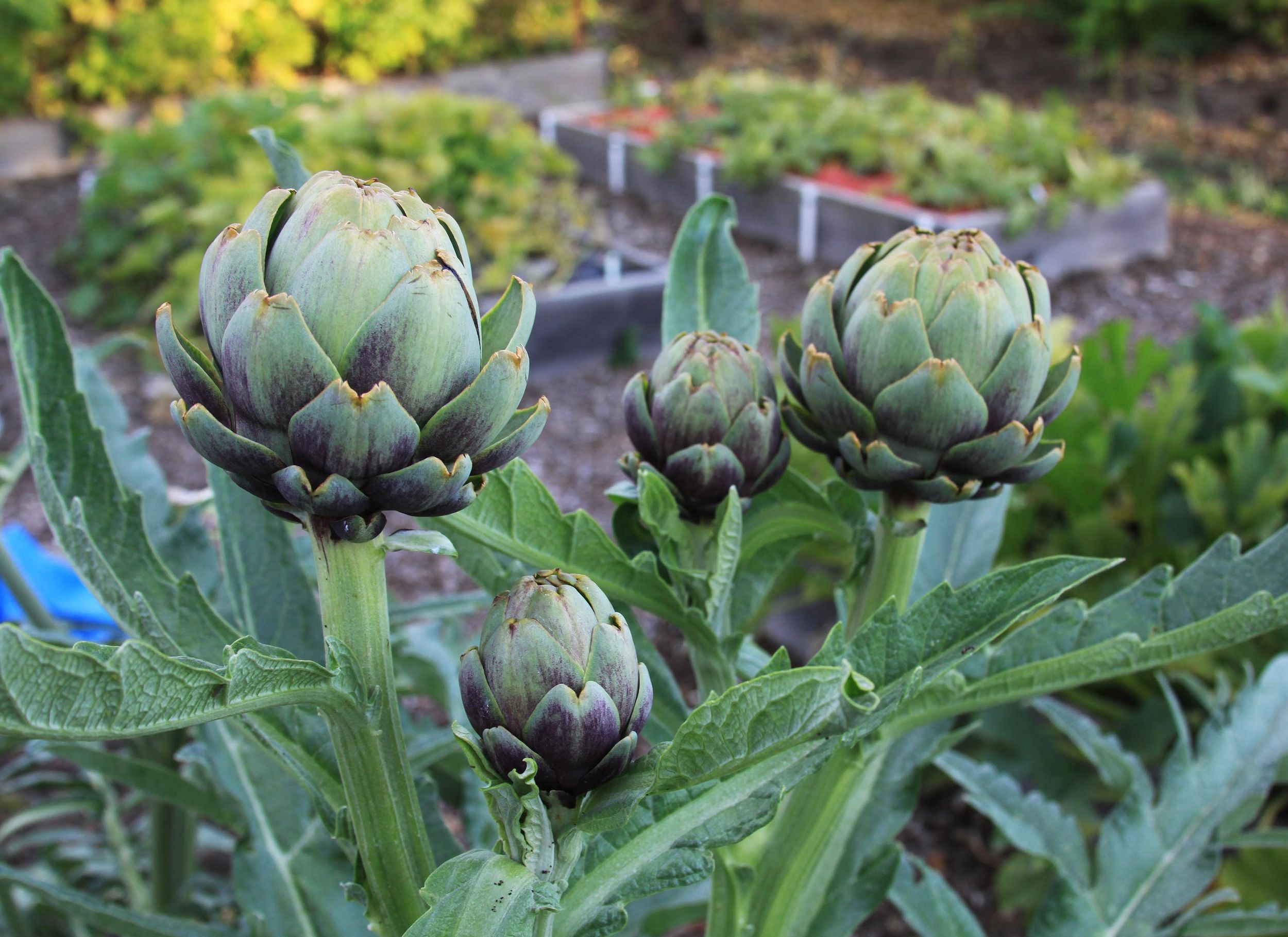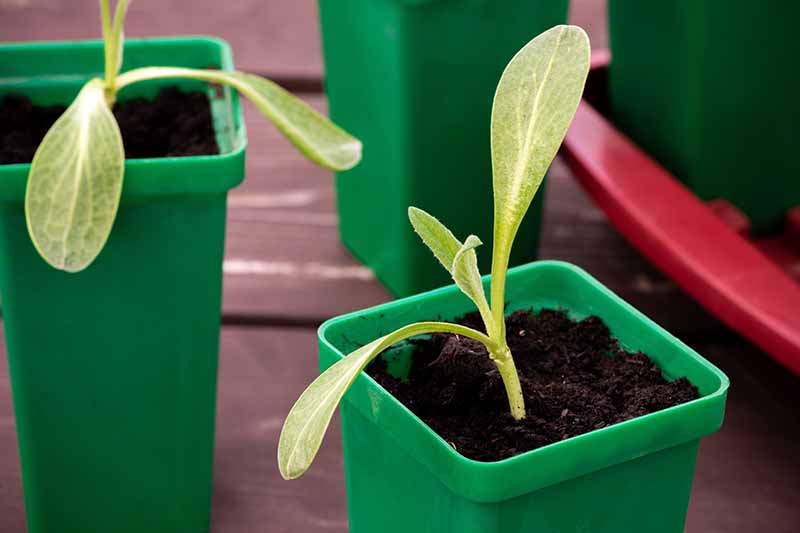

Add two yolks, juice from two lemons, and 200 ml stock, and whisk well.Remove from heat, and prepare a sauce called avgolemono to pour it over the lamb with artichokes before you serve it: When the meat and artichokes are tender, they are ready.Do not uncover the pot, but shake it occasionally to prevent sticking. Add some water (cover the mixture evenly), cover with a lid, and let simmer for 45 more minutes over low heat. Chop the scallions and dill (or fennel) and add them to the lamb and artichokes.When you are ready to add them over the simmering lamb, rinse and drain, then chop them in strips. Keep the artichoke hearts in a bowl with water, salt, and lemon to prevent them from oxidizing.Add a glass of water, reduce the heat to low, and let simmer for about an hour before adding the rest of the ingredients.

Saute the meat in oil over high heat until brown.200 ml lamb stock (broth or vegetable stock).1 kg lamb meat (no bones) – coarsely chopped.Lamb with artichokes recipe: Ingredients: If you want to make it at home, here’s a recipe from Incredible Crete. It will be available in some traditional tavernas and restaurants serving Cretan fare. Lamb with artichokes is a seasonal dish you simply must try when you visit Crete in springtime. Artichoke hearts are often steamed, then consumed just like the raw leaves, with olive oil, lemon, and salt.

They don’t make complex dips to enjoy the bitter-sweet taste of the green leaves of the plant. On Crete island, the locals consume the youngest of the artichokes raw, drizzled with olive oil and lemon juice, and seasoned with salt. Highly versatile and offering a pleasant potato-like taste when cooked, the artichoke is the star of many Mediterranean recipes. Later on, Greek physician and botanist Pedanius Dioscorides (40-90 A.D.) mentioned the potential usage of artichokes to dampen offensive body odors in Peri hulēs iatrikēs (in Latin, De materia medica). We own the first documented mention of the plant to Greek naturalist Theophrastus (371-287 B.C.), who reported the cultivation of artichokes in Sicily. Artichoke leaf extract positively impacts cholesterol levels, lowering LDL cholesterol levels and increasing HDL levels.Īrtichokes count among the oldest produce used in cooking and medicine. The plant is rich in antioxidants and essential vitamins like vitamin C (15% of the RDI when cooked) and vitamin K (22% of the RDI when cooked). Research suggests improved heart and liver health due to artichoke consumption. Its natural composition, rich in minerals, fiber, and vitamins, is beneficial for digestion and lowers blood sugar. scolymus) is a thistle, a close relative of the wild cardoon (Cynara cardunculus), yet counting as a superfood despite its humble origin. Besides horta and fresh herbs, the locals consume artichokes – either raw with olive oil and lemon juice or in salads or cooked in traditional Cretan and Greek dishes.

It is a special time of the year when taking advantage of the fresh seasonal produce available at farmers’ markets, in the wild, minimarkets, and supermarkets is part of every Cretan’s grandmother’s routine. Every spring, as nature awakened after the gray of the winter, Crete comes alive with a symphony of blossoms from its verdant hills covered in olive groves, citrus orchards, and vineyards to hundred of gorges hidden between rugged mountains.


 0 kommentar(er)
0 kommentar(er)
